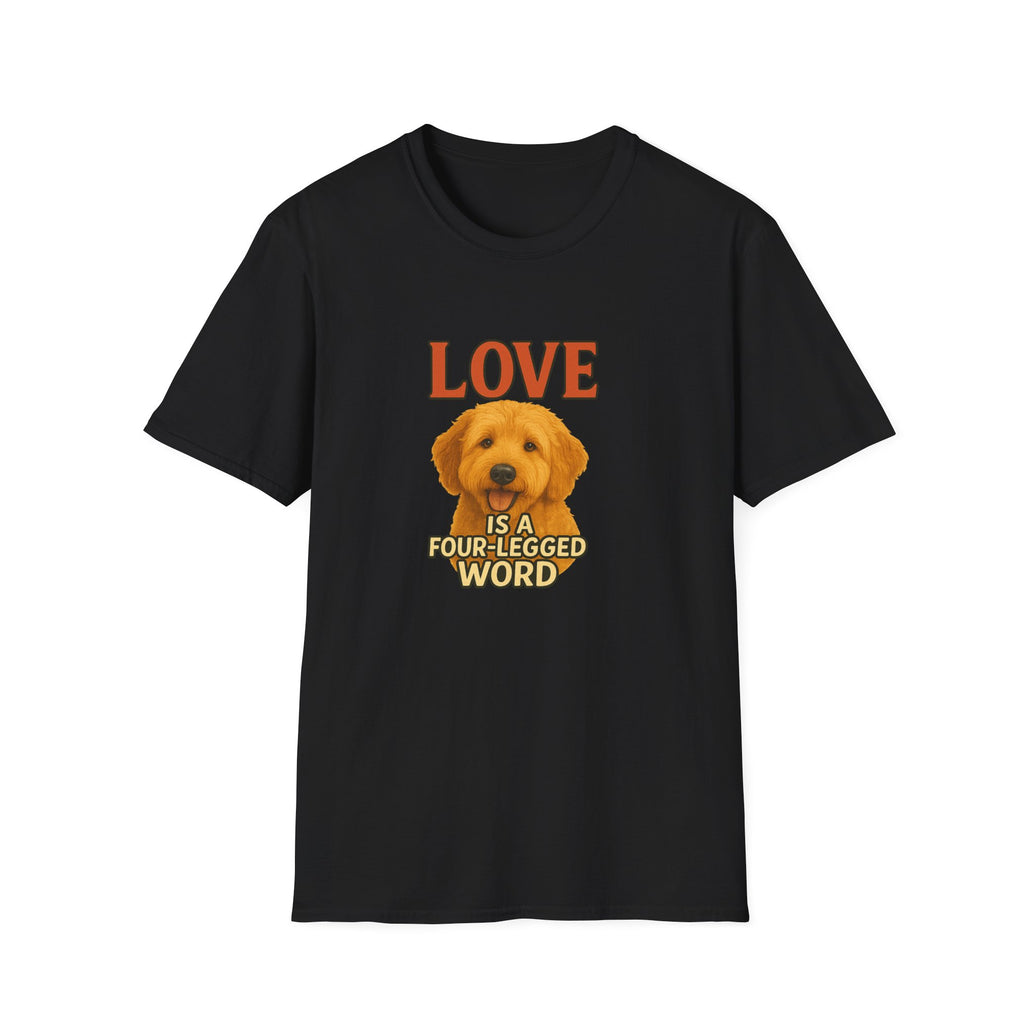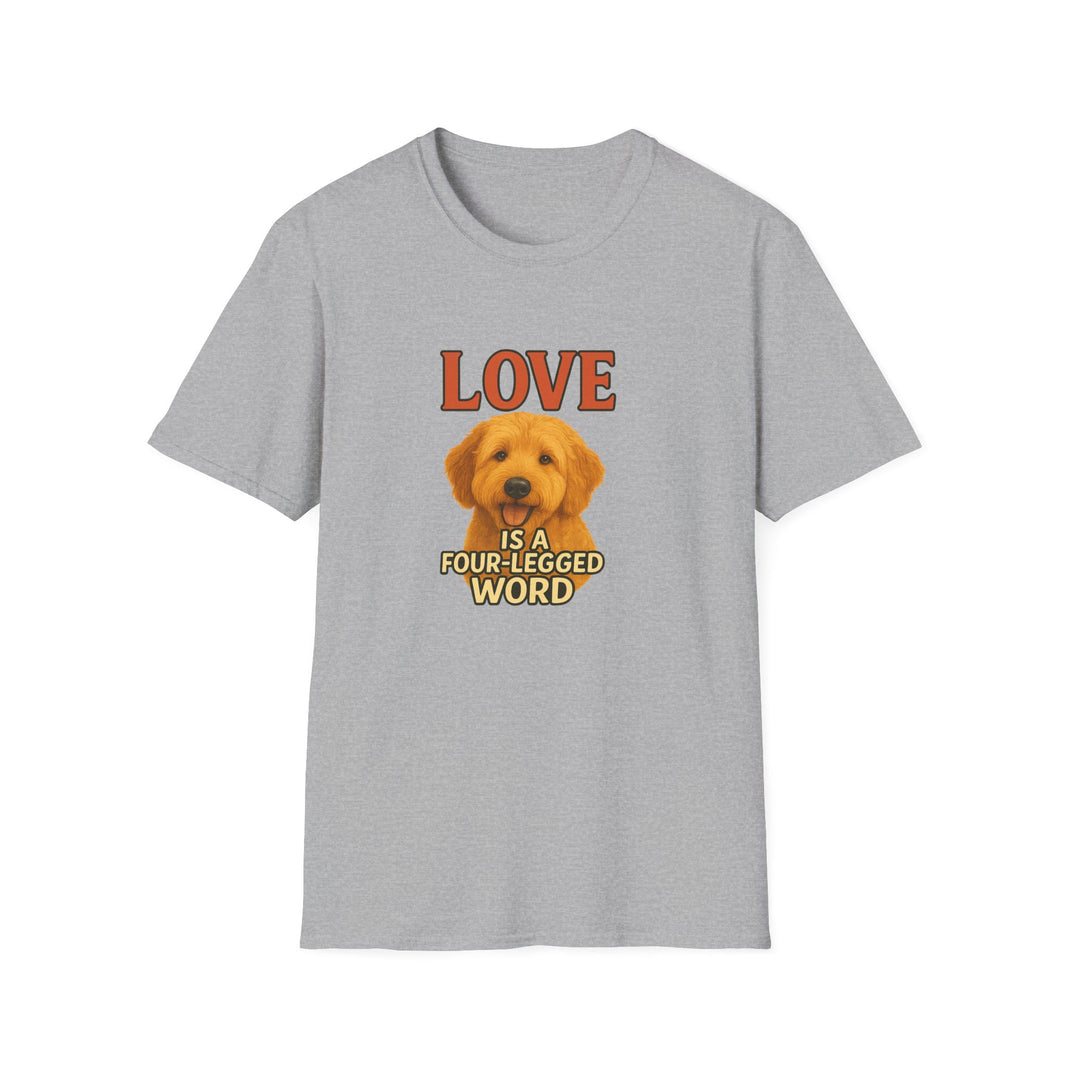Your One-Stop Shop for Everyday Essentials & Unique Finds
Ultimate Guide on How to Stay Warm in Cold Weather Outside: Tips and Tricks for Winter Adventures
Winter's here, and if you're like me, you want to enjoy the snowy outdoors without turning into an icicle. Whether you're hiking, camping, or just taking a brisk walk, staying warm is key. It's not just about comfort; it's about safety too. So, how do you keep cozy outside when it's freezing? Let's dive into some straightforward tips and tricks to help you stay warm in cold weather outside. Trust me, with a little preparation, you'll be embracing winter like a pro.
Key Takeaways
- Layering is your best friend. Start with a good base layer, add a mid-layer for warmth, and finish with an outer shell to keep the wind out.
- Fuel your body with high-calorie snacks and stay hydrated. A warm drink can do wonders for your morale and warmth.
- Choose gear wisely. Insulating materials and tech gadgets can keep you toasty, while proper footwear is essential to keep the cold out.
- Keep moving to generate body heat. Simple exercises or even a fun 'boot dance' can boost circulation.
- Don't forget the extremities. Warm gloves, hats, and pre-warmed gear can make a big difference in how comfortable you feel.
Layer Up Like a Pro
Choosing the Right Base Layers
Starting with the right base layer is like laying the foundation for a warm and cozy day in the cold. This layer should be snug and made from materials that wick moisture away from your skin. Think merino wool or synthetic fabrics that can handle sweat without holding onto it. Avoid cotton at all costs – it’s like a sponge for moisture and will leave you chilly. When you're picking out your base layers, consider the activity level. For high-intensity adventures, go for lighter materials that breathe well. For more laid-back activities, a thicker base might be just the thing to keep you toasty.
Mid-Layers for Maximum Warmth
Once you’ve got your base sorted, it’s time to think about the mid-layer, which acts as the main insulator. Fleece jackets or down vests are popular choices here. They trap heat while still allowing moisture to escape. Fleece, for example, is great for its warmth-to-weight ratio and breathability, while down is super warm but doesn’t do well in wet conditions. If you're planning to be active, a fleece might be your best bet. For those standing around more, like watching a game or ice fishing, a down vest or jacket could be the way to go.
Outer Shells to Block the Wind
Finally, top it all off with an outer shell to protect against wind, rain, and snow. This layer is your shield from the elements. Look for something that's both waterproof and breathable. Gore-Tex or similar materials are excellent choices. This layer doesn’t have to be super thick since its main job is to keep the wind and wetness out. If you’re heading into particularly gnarly weather, a jacket with a good hood and adjustable cuffs will keep you snug. Remember, the goal is to stay warm and dry without overheating, so always be ready to adjust your layers as needed.
Layering is an art that lets you be flexible with the weather. It’s all about mixing and matching to find what works best for you. Keep experimenting, and soon you'll be layering like a pro!
Fuel Your Body for Warmth
High-Calorie Snacks to Pack
When you're out in the cold, your body works overtime to keep you warm. This means you need to fuel it with the right stuff. Packing high-calorie snacks is crucial. Think nuts, cheese, and chocolate. These snacks are high in fat, which burns slowly and keeps you warm longer. Keep them handy and munch on them throughout the day. If you're feeling chilly, it's often a sign you need to eat.
Hydration Tips for Cold Weather
Staying hydrated is just as important in winter as it is in summer. In the cold, you might not feel as thirsty, but your body needs water to function properly. Dehydration can make you feel colder, so drink up! Carry a thermos with a hot drink—it warms you from the inside out. And if nature calls in the middle of the night, make the trip outside. Your body burns energy to heat the liquid in your bladder, so letting it go will actually help you stay warmer.
The Power of a Warm Drink
There's nothing like a warm drink to lift your spirits and warm you up. A hot cup of tea, coffee, or cocoa can do wonders. Add a bit of sugar for a quick energy boost or a dollop of butter for some extra fat. It's like a hug in a mug! Plus, sipping on something warm helps keep your hydration levels up, which is key to staying warm. So, don't forget to pack a thermos with your favorite hot beverage on your next winter adventure.
Smart Gear Choices for Winter

When winter arrives, choosing the right gear can make or break your outdoor adventure. Whether you're hiking, skiing, or just enjoying a snowy day, having the right equipment is key to staying warm and comfortable.
Insulating Materials That Work
Picking the right insulating material is crucial to keeping warm. Down insulation, made from duck or goose feathers, is lightweight and ultra-warm. It's perfect for dry conditions but loses its insulating properties when wet. On the other hand, synthetic insulation is bulkier but continues to insulate even when damp, making it ideal for unpredictable weather. For those seeking cutting-edge technology, consider Columbia's Omni-Heat Infinity, which uses gold foil dots to reflect body heat, boosting warmth without adding weight.
Tech Gadgets to Keep You Toasty
Incorporating technology into your winter gear can significantly enhance your comfort. Heated gloves and boots are a game-changer, especially if you're prone to cold extremities. These gadgets use battery-powered heating elements to keep your fingers and toes warm. Portable hand warmers are another great option, providing instant heat at the touch of a button.
Footwear That Keeps the Cold Out
Your feet are often the first to feel the chill, so investing in quality winter footwear is essential. Look for boots with a thick, insulated lining and a waterproof exterior to keep moisture out. A good pair of socks made from wool or a wool blend can also help keep your feet warm and dry. Don’t forget to break in new boots before heading out to avoid blisters and discomfort.
Embrace the cold with confidence by gearing up smartly. With the right materials, tech gadgets, and footwear, you can turn any winter day into a cozy adventure.
Mastering Movement to Stay Warm
The Art of the Boot Dance
When you're out in the cold and you start feeling the chill, it's time to get moving. One fun way to warm up is the boot dance. Imagine standing around with your friends, and suddenly you all start tapping your feet together. It's not just about moving; it's about rhythm. Tap the insides of your feet to your partner's, then the outsides, and keep going. Before you know it, everyone’s feeling warmer and having a laugh. It's a simple trick, but it gets the blood pumping and keeps the cold at bay.
Pacing Yourself in the Cold
Finding the right pace in cold weather is all about balance. You want to move enough to stay warm but not so much that you start sweating. Sweat can be your worst enemy because it cools you down when you stop moving. Try to set a pace that keeps you warm without overheating. Adjust your layers if you feel too warm, and remember, it's okay to slow down when you need to. Staying dry is key to staying warm, so listen to your body and adjust your speed accordingly.
Quick Exercises to Boost Circulation
Sometimes, all you need is a quick burst of activity to get the blood flowing. Here are a few easy exercises you can do when you're feeling chilly:
- Jumping Jacks: A classic move that gets your heart rate up quickly.
- High Knees: March in place, bringing your knees up high to your chest.
- Arm Circles: Stretch out your arms and make big circles to warm up your shoulders.
These exercises are easy to do anywhere and can be a lifesaver when you're out in the cold and need a quick warm-up.
When the cold starts creeping in, remember that movement is your best friend. Keep moving, keep warm, and enjoy the beauty of winter without the shivers.
Creating a Cozy Camp Setup

Setting Up a Windproof Shelter
When you're braving the cold, the first step to a cozy camp is setting up a windproof shelter. Wind can be a real game-changer, turning a chilly night into an unbearable one. Choose a spot that's naturally sheltered by trees or rocks. If you're in open terrain, consider using a tent with a low profile to reduce wind exposure. Make sure to secure your tent with stakes and guylines to withstand gusts. A tarp can also be a handy addition, providing an extra layer of protection against the wind.
Sleeping Bag Strategies for Warmth
Your sleeping bag is your best friend on a cold night. Opt for a sleeping bag that's rated for temperatures lower than you expect to encounter. Down-filled bags are excellent for insulation but can be pricey. If you're on a budget, synthetic bags are a good alternative. To maximize warmth, add a sleeping bag liner. It can increase the temperature rating by a few degrees. Also, don't forget a sleeping pad to insulate yourself from the cold ground.
Using Heat Packs Effectively
Heat packs can be lifesavers when the temperature drops. Before heading to bed, activate a few and place them in your sleeping bag to pre-warm it. They're also great for keeping in your pockets or gloves during the day. Just make sure to follow the instructions on the pack to avoid burns. Having a few extra packs on hand can make a big difference in your comfort level during those frosty nights.
Embracing the cold doesn't mean sacrificing comfort. With the right setup, you can enjoy the beauty of winter camping without feeling the chill. It's all about preparation and knowing how to use your gear to its fullest potential. For more tips on winter camping essentials, check out this beginner's guide.
Mind the Extremities
Keeping Fingers and Toes Warm
Your fingers and toes are often the first to feel the chill because they're farthest from your heart. Keeping them warm is crucial to enjoying your winter adventures. One handy trick is to pre-warm your gloves and boots before heading out. You can do this by placing them near a heater or even inside your jacket to soak up some body heat. Once you're outside, consider using hand and foot warmers. They're small, easy to pack, and can make a huge difference when the temperature drops.
The Importance of a Good Hat
A good hat is more than just a fashion statement in winter; it's a necessity. Heat escapes from your head faster than you might think, so wearing a hat can help keep your whole body warmer. It's smart to pack two hats: one that's lightweight and breathable for when you're active, and a thicker one for when you're resting. This way, you can adjust based on your activity level and keep sweat to a minimum. Remember, merino wool is a great material choice for hats as it wicks moisture away while keeping you warm.
Pre-Warming Your Gear
Pre-warming isn't just for your gloves and boots; it's a tactic you can apply to other gear as well. This includes sleeping bags, jackets, and even socks. By warming these items before you use them, you can avoid the initial shock of cold materials against your skin. Some folks like to use their car heater or a portable heater for this purpose. It's a small step that can make your outdoor winter experience much more comfortable.
In the cold, it's often the little things that make the biggest difference. Taking a few minutes to prepare and warm up your gear can transform a freezing outing into a cozy adventure.
Wrapping Up Your Winter Adventure
So there you have it, folks! With these tips and tricks, you're all set to tackle the cold and make the most out of your winter adventures. Whether you're camping under a starry sky or just taking a brisk walk in the snow, staying warm is key to enjoying the great outdoors. Remember, it's all about layering right, keeping those calories up, and staying dry. Don't let the cold keep you indoors—embrace it, and you'll find a whole new world of fun waiting for you. Happy adventuring, and stay toasty!
Frequently Asked Questions
How many layers should I wear to stay warm?
Wear three layers: a base layer to keep sweat away, a middle layer for warmth, and an outer layer to block wind and rain.
What snacks are good for keeping warm?
High-calorie snacks like nuts, chocolate, and cheese help keep your body fueled and warm.
How can I keep my feet warm in winter?
Wear insulated boots and use warm socks. You can also use foot warmers for extra heat.
Why is it important to stay hydrated in cold weather?
Staying hydrated helps your body function well and keeps you warm, even in cold weather.
What should I do if I start feeling cold outside?
Move around to get your blood flowing. Quick exercises or a brisk walk can help warm you up.
How can I make my sleeping bag warmer for winter camping?
Use a sleeping pad underneath and consider adding a liner inside your sleeping bag to add warmth.













Leave a comment